Diagnosing car problems is an essential skill for any car owner. It allows you to identify and resolve issues early on, preventing further damage and expensive repairs. By understanding the common signs of car issues and learning basic diagnostic techniques, you can effectively troubleshoot and maintain your vehicle. This article provides step-by-step instructions on checking fluid levels and tire pressure, identifying and replacing worn-out spark plugs, as well as diagnosing electrical system and engine problems. By equipping yourself with the knowledge and tools needed for diagnostics, you can ensure the longevity and performance of your car.
Understanding the importance of diagnosing car problems

Diagnosing car problems is crucial for vehicle owners as it helps identify issues early on, preventing further damage and costly repairs. By actively diagnosing problems, car owners can save money by addressing issues when they are smaller and easier to fix. Regular diagnostics also ensure the longevity and performance of the vehicle, allowing for timely maintenance and repairs. It is an essential skill for anyone who wants to take proactive measures to keep their car in optimal condition.
Common signs of car issues

When it comes to diagnosing car problems, it's important to be aware of the common signs that indicate an issue with your vehicle. These signs can include strange noises, such as squealing or grinding, which may indicate a problem with the brakes or suspension. Another common sign is a decline in performance, such as a loss of power or difficulty starting the engine. Other signs to look out for include warning lights on the dashboard, leaking fluids, and unusual vibrations. By paying attention to these signs, you can address car issues promptly and avoid further damage.
Basic Diagnostics
In basic car diagnostics, it's important to start by checking the fluid levels and tire pressure. This can be done by referring to the vehicle's owner's manual and using a dipstick or pressure gauge. Another common issue to address is worn-out spark plugs, which can be identified by their appearance and replaced accordingly. These basic diagnostic checks help ensure the smooth functioning of the vehicle and prevent potential problems.
Step-by-step guide to checking fluid levels and tire pressure

To perform a basic diagnostic check on your car, start by checking the fluid levels and tire pressure. Here is a step-by-step guide:
- Refer to the vehicle's owner's manual to locate the dipstick or reservoir for each fluid (engine oil, coolant, transmission fluid, etc.).
- With the engine off and the car parked on level ground, remove the dipstick or open the reservoir cap and check the fluid level. It should be within the designated range.
- If any fluid levels are low, add the recommended fluid and recheck the level.
- To check tire pressure, locate the valve stem on each tire.
- Use a tire pressure gauge to measure the pressure. The recommended PSI can be found in the owner's manual or on a sticker inside the driver's door jamb.
- If the pressure is too low, add air until it reaches the correct PSI.
- Repeat these steps for all four tires.
By regularly checking fluid levels and tire pressure, you can ensure optimal vehicle performance and prevent potential issues on the road.
How to identify and replace worn-out spark plugs

To identify worn-out spark plugs, look for signs of damage such as cracks, erosion, or excessive carbon buildup. Additionally, misfiring, reduced fuel efficiency, and difficulty starting the engine can indicate worn plugs. To replace them, start by disconnecting the spark plug wires and removing the old plugs using a spark plug socket. Install the new plugs, ensuring they are properly tightened. Finally, reconnect the spark plug wires in the correct order.
Electrical System Diagnostics

To diagnose potential electrical system issues in a car, there are a few key steps to follow. First, check the car battery for any signs of damage or low voltage. Use a multimeter to test the battery's voltage and ensure it is within the recommended range. In addition, check the alternator and starter for any faults or malfunctions. These components can be tested using a multimeter or by consulting a professional mechanic. By conducting these tests, you can identify and address any potential electrical system problems in your car.
How to test a car battery for potential issues
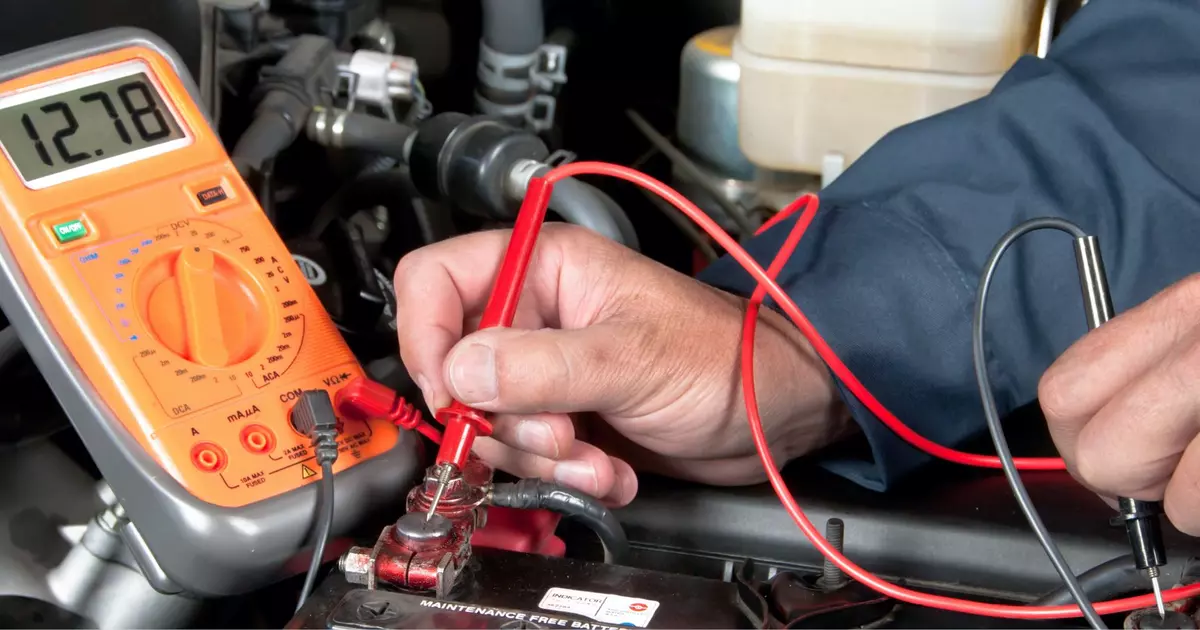
To test a car battery for potential issues, start by visually inspecting it for any signs of damage or corrosion. Use a multimeter to check the battery's voltage, ensuring it falls within the recommended range (usually around 12.6 to 12.8 volts). Load testing the battery can also provide more accurate results. If the voltage is low or the battery fails the load test, it may need to be replaced.
Diagnosing faulty alternator or starter

Diagnosing a faulty alternator or starter is crucial in identifying potential issues with the car's electrical system. One way to determine if the alternator is malfunctioning is by testing the battery voltage while the vehicle is running. If the voltage drops significantly, it may indicate a problem with the alternator. Similarly, a starter that fails to engage or makes a clicking sound could indicate a faulty starter motor. Consulting a professional mechanic is advisable for accurate diagnosis and repair.
Engine Diagnostics

Engine diagnostics is an essential aspect of car maintenance. By performing a compression test, the health of the engine can be assessed, ensuring optimal performance. Unusual sounds and smells emitted by the engine can also indicate common problems that need to be addressed. These diagnostics help identify issues before they become major repairs, saving time and money in the long run.
How to perform a compression test to assess engine health

To perform a compression test to assess engine health, start by removing all the spark plugs. With a compression tester, insert it into each cylinder and crank the engine a few times. Record the pressure reading for each cylinder. The values should be within a specific range, which can be found in the vehicle's manual. Low or inconsistent readings may indicate issues such as worn piston rings or leaking valves.
Identifying common engine problems through unusual sounds and smells
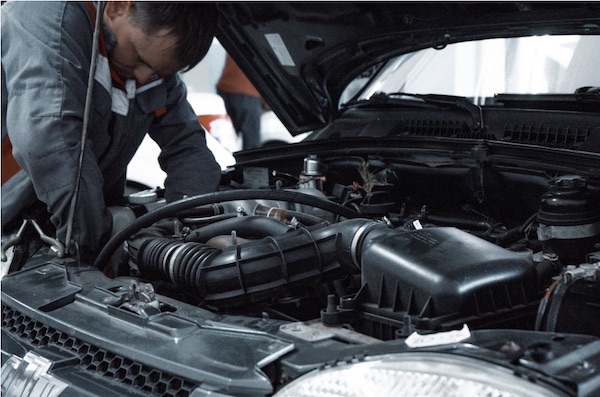
Unusual sounds and smells can provide vital clues about common engine problems. For example, a knocking or ticking noise may indicate issues with the engine's internal components, such as worn-out bearings or a faulty valve. A strong smell of burning rubber or oil could suggest a leak or overheating. Paying attention to these signs and promptly addressing any issues can prevent further damage and costly repairs.
Diagnostic Tools and Techniques
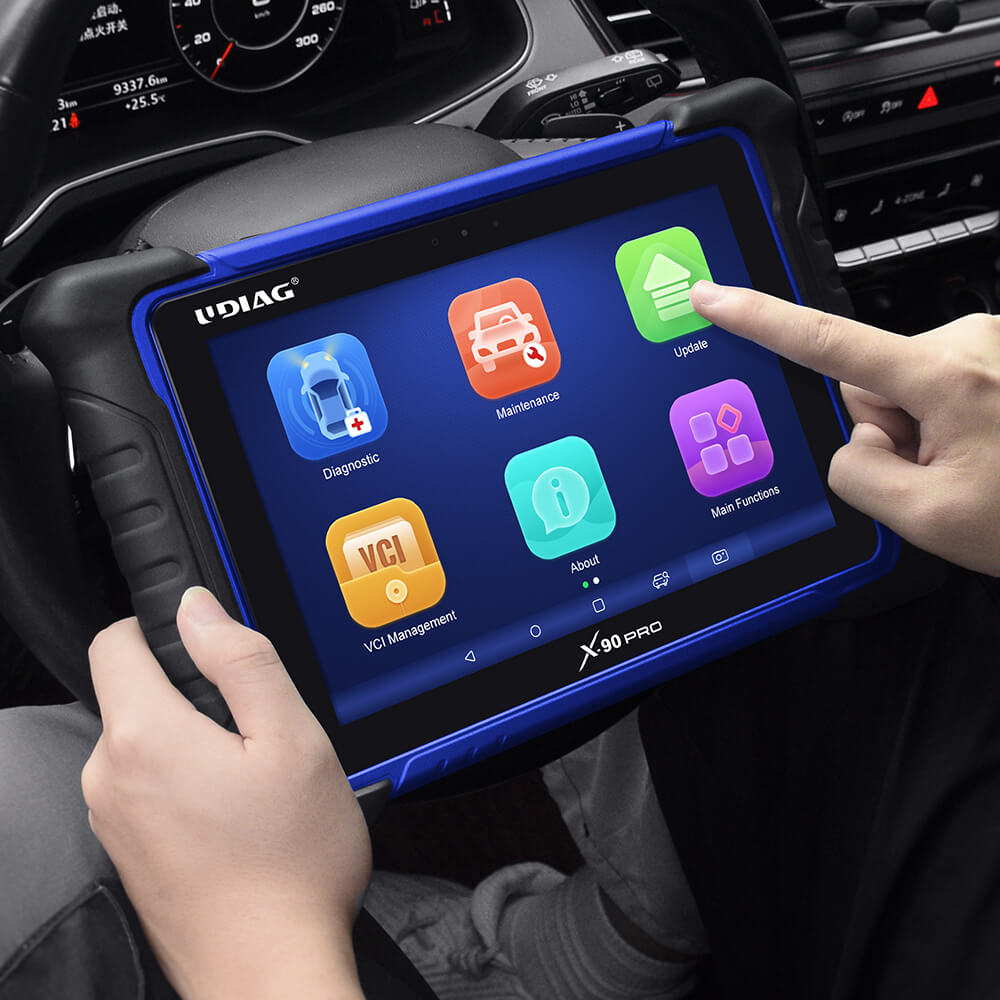
Diagnostic tools and techniques play a crucial role in accurately identifying and resolving car problems. One widely used tool is the OBD-II scanner, which provides valuable trouble codes to pinpoint issues. Additionally, data logging and live data stream analysis help assess performance in real-time. These tools enhance diagnostics, allowing for efficient and targeted repairs. Seeking professional help is advisable for complex problems.
Exploring the use of OBD-II scanners for trouble codes

OBD-II scanners are essential diagnostic tools that help car owners and mechanics identify trouble codes in the vehicle's onboard computer system. By connecting the scanner to the OBD-II port, users can access valuable information about potential issues and malfunctions. These trouble codes provide specific details about the problem, making it easier to pinpoint and address the underlying cause. OBD-II scanners enhance the diagnostic process, saving time and enabling more efficient repairs.
Understanding the importance of data logging and live data stream
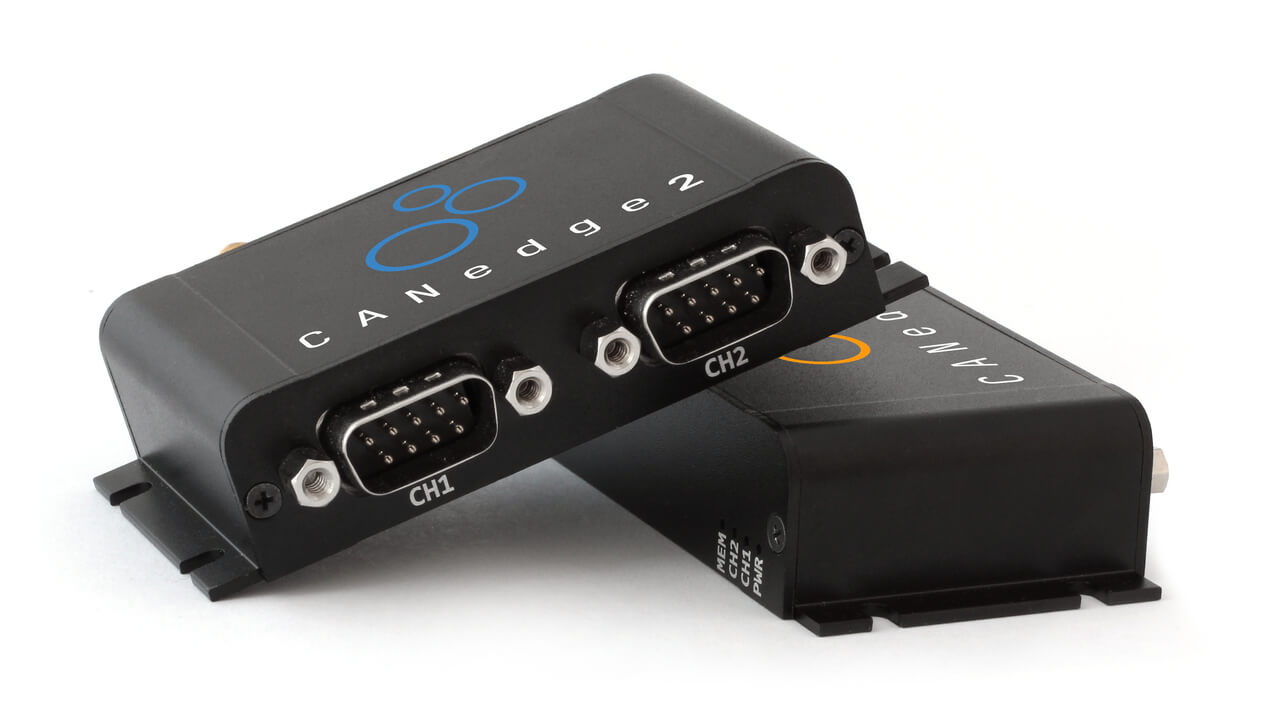
Data logging and live data stream are crucial tools in diagnosing car problems. Data logging involves recording and analyzing various parameters of a vehicle's operation, such as engine RPM, fuel pressure, and temperature. This data provides valuable insights into the car's performance and helps identify any abnormalities or anomalies. Live data stream allows mechanics to monitor real-time data while the vehicle is running, enabling them to pinpoint issues and make necessary adjustments. Together, these tools enhance diagnostic accuracy and enable more effective troubleshooting.
Conclusion

In conclusion, diagnosing car problems is essential for maintaining vehicle performance and safety. By understanding common signs of car issues and utilizing basic diagnostic techniques, such as checking fluid levels and examining spark plugs, drivers can address minor problems before they escalate. Additionally, utilizing diagnostic tools like OBD-II scanners and data logging can provide valuable insights for troubleshooting complex issues. Seeking professional help when necessary ensures accurate diagnoses and efficient repairs. Taking proactive measures for car maintenance and repair will help keep vehicles running smoothly and minimize potential issues.
Taking proactive measures for car maintenance and repair
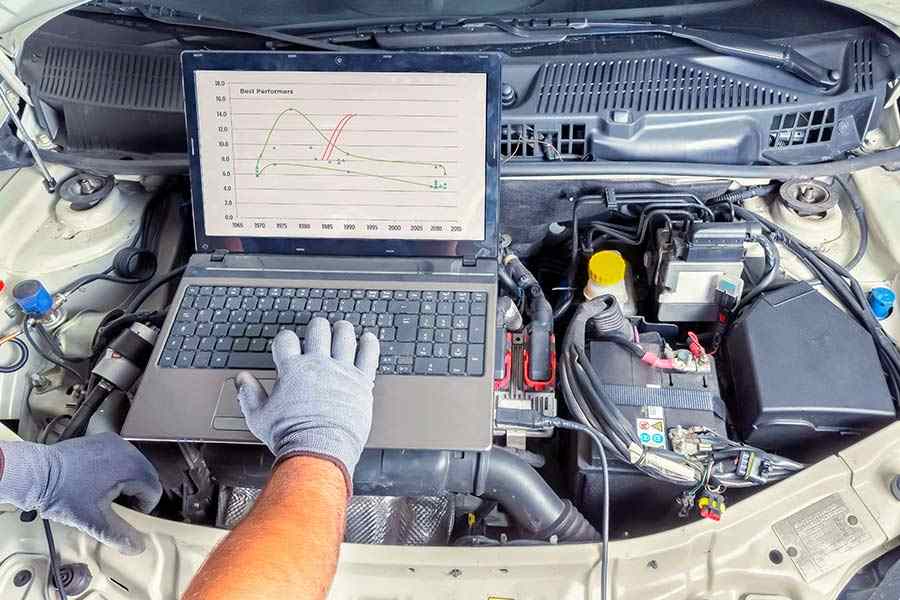
Taking proactive measures for car maintenance and repair is crucial for ensuring the longevity and performance of your vehicle. This includes regular oil changes, tire rotations, and brake inspections. Additionally, following the manufacturer's recommended maintenance schedule and addressing any minor issues promptly can help prevent major problems in the future. It is also important to keep your car clean and protected from environmental factors such as rust and corrosion. By being proactive in your car maintenance, you can save time and money by avoiding costly repairs down the line.
Seeking professional help when necessary
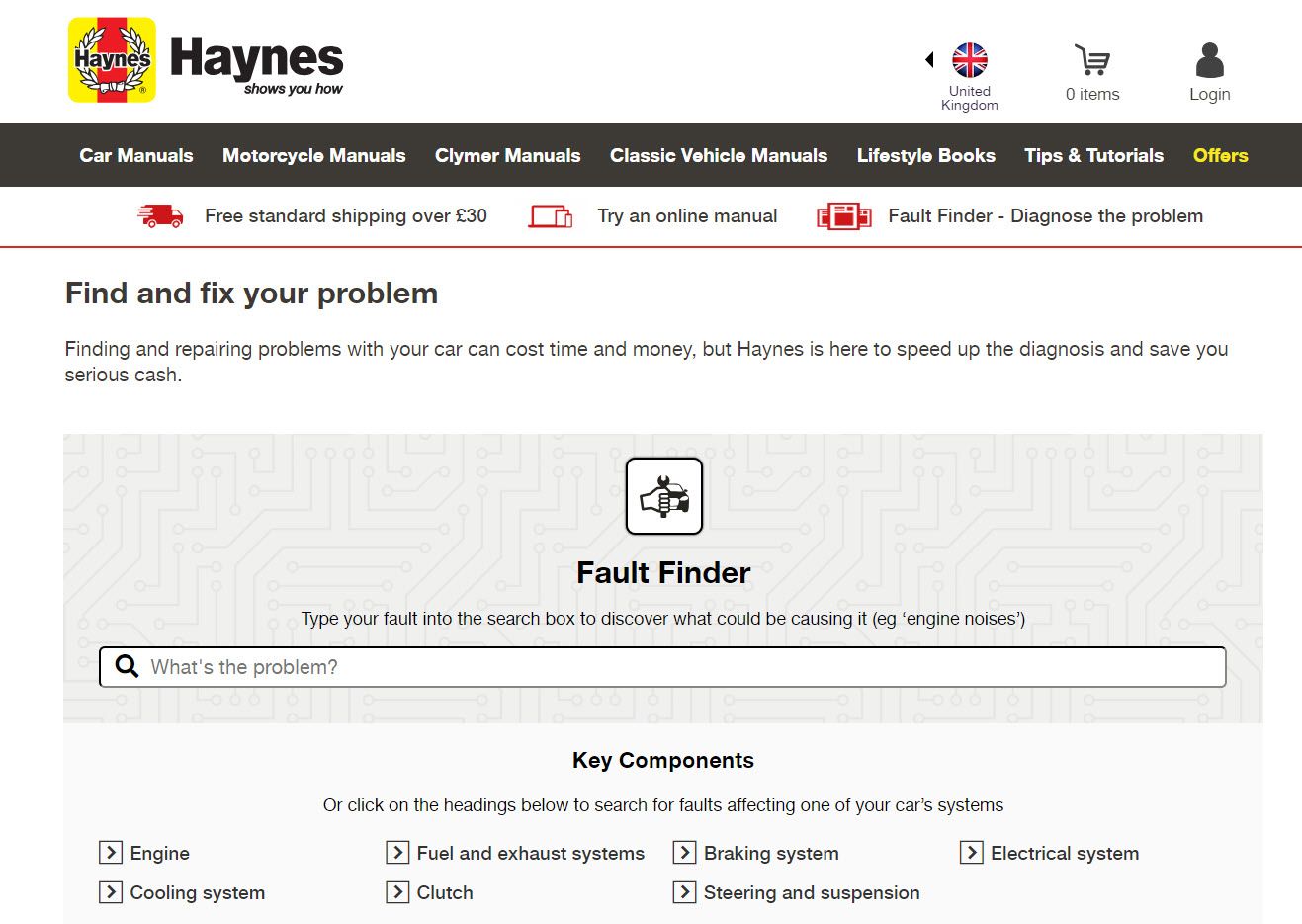
When it comes to diagnosing and addressing car problems, it is important to know your limits. If you are unable to identify the issue or lack the necessary tools and expertise, it is recommended to seek professional help. Automotive technicians have the knowledge and equipment to accurately diagnose and repair complex car problems. Ignoring or attempting DIY fixes on complicated issues can potentially worsen the problem and lead to expensive repairs in the long run.